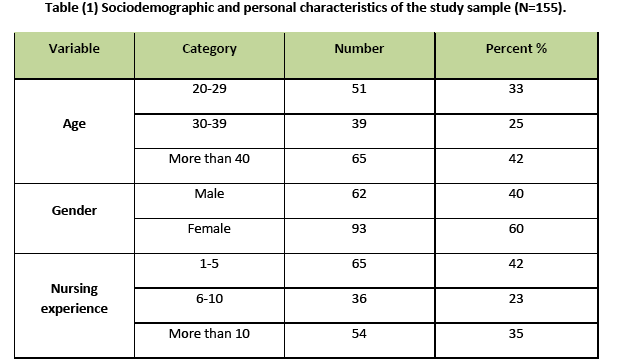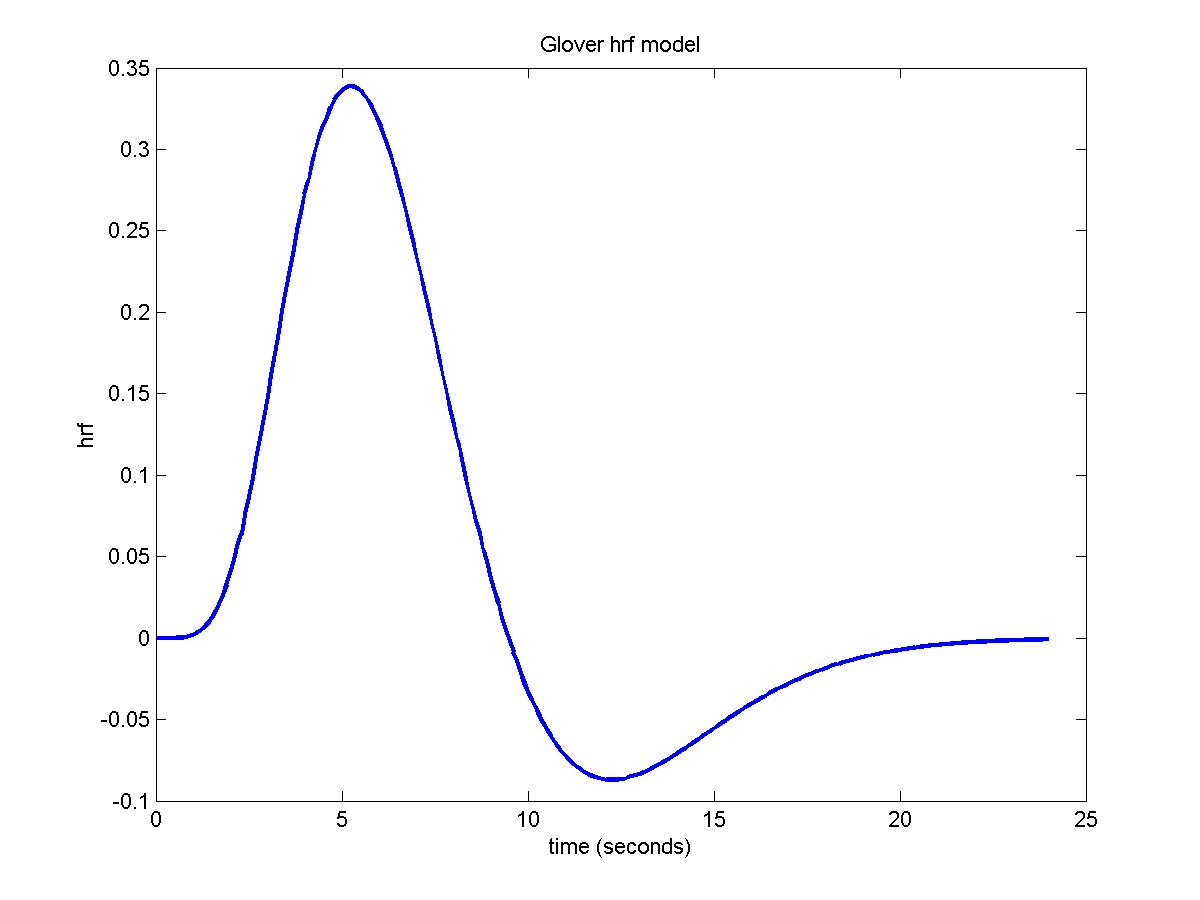Your Streptococcus equi zooepidemicus images are ready. Streptococcus equi zooepidemicus are a topic that is being searched for and liked by netizens now. You can Get the Streptococcus equi zooepidemicus files here. Download all free photos and vectors.
If you’re looking for streptococcus equi zooepidemicus pictures information linked to the streptococcus equi zooepidemicus topic, you have visit the right blog. Our site frequently provides you with hints for refferencing the highest quality video and picture content, please kindly surf and locate more enlightening video content and images that match your interests.
Streptococcus Equi Zooepidemicus. The purpose of this study was to describe strain-specific immune responses to Streptococcus equi subspecies zooepidemicus S. Tennessee showed Streptococcus equi subspecies zooepidemicus S. Zooepidemicus is a β-hemolytic Lancefield group C streptococcal bacterium. Streptococcus equi subsp.
 Streptococcus Zooepidemicus And Streptococcus Agalactiae Colony Morphology Beta Hmolytic Streptococci Of Group B And C From bacteriainphotos.com
Streptococcus Zooepidemicus And Streptococcus Agalactiae Colony Morphology Beta Hmolytic Streptococci Of Group B And C From bacteriainphotos.com
Within 6 months in 2011 3 unrelated cases of severe disseminated S. Zooepidemicus are often severe. Streptococcus equi subspecies zooepidemicus S. Disease caused by Streptococcus equi in horses commonly referred to as strangles was reported by Jordanus Ruffus in 1251. The ancestor of S. Streptococcus equi subspecies zooepidemicus is considered a commensal and opportunistic pathogen of several warm-blooded hosts including humans horses canines and swine.
Zooepidemicus is a zoonotic pathogen for persons in contact with horses.
Five isolates of S. Streptococcus equi subspecies zooepidemicus S. Five isolates of S. Equi Streptococcus equi subsp. It can cause mastitis in cows. Tennessee showed Streptococcus equi subspecies zooepidemicus S.
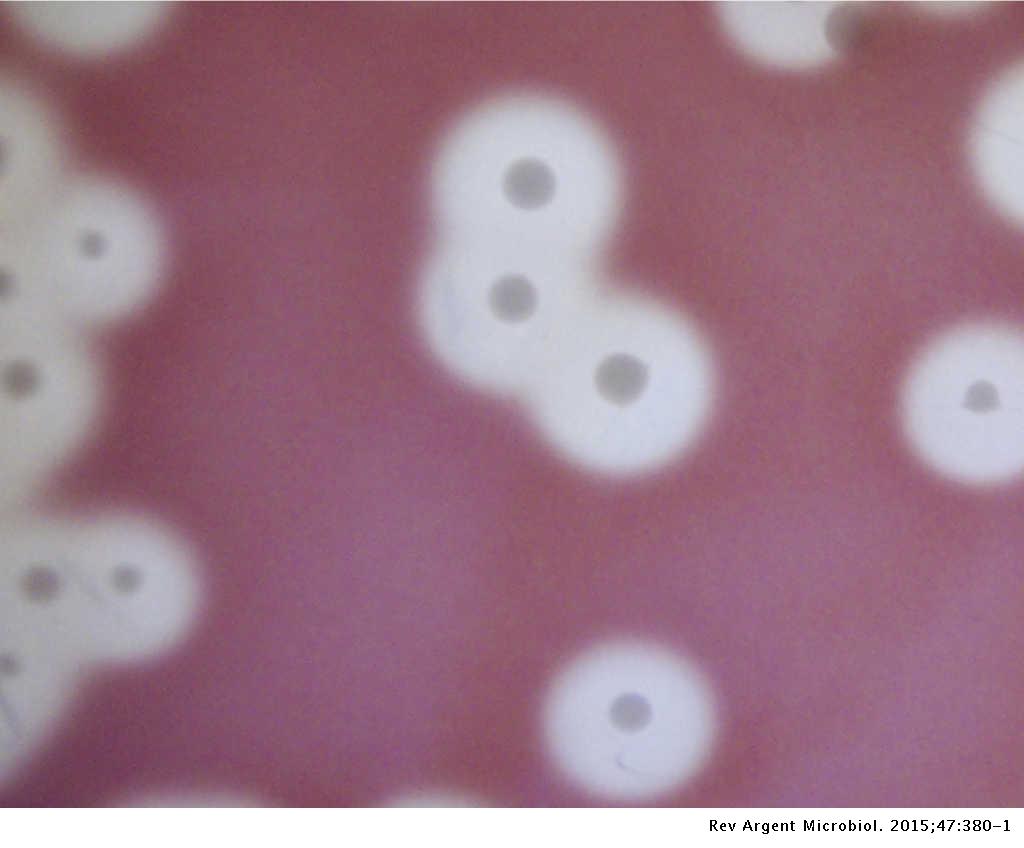 Source: elsevier.es
Source: elsevier.es
Zooepidemicus is an opportunistic pathogen but human infections associated with S. Within 6 months in 2011 3 unrelated cases of severe disseminated S. An emerging canine pathogen. The bacterium Streptococcus equi subsp. Zooepidemicus was obtained from milk of 10 of goats in the herd and from feces of 3 of 7 healthy horses that shared pasture and housing with the goats.
 Source: bacteriainphotos.com
Source: bacteriainphotos.com
This highly contagious disease is characterized by the sudden onset of clinical signs including pyrexia dyspnea and hemorrhagic nasal discharge. Zooepidemicus has caused several outbreaks of haemorrhagic pneumonia in dogs in recent years. Five isolates of S. Tennessee showed Streptococcus equi subspecies zooepidemicus S. The ancestor of S.
 Source: bacteriainphotos.com
Source: bacteriainphotos.com
Streptococcus equi subspecies zooepidemicus is considered a commensal and opportunistic pathogen of several warm-blooded hosts including humans horses canines and swine. Zooepidemicus is considered an opportunistic commensal of the equine upper respiratory tract but it is also known to. Zooepidemicus was obtained from milk of 10 of goats in the herd and from feces of 3 of 7 healthy horses that shared pasture and housing with the goats. Streptococcus equi subspecies zooepidemicus is a Gram-positive bacterium that can cause opportunistic infections in many animal species including horses cattle swine sheep goats chickens. Outbreaks can occur in kenneled dog populations and result in significant levels of morbidity and mortality.
 Source: sciencedirect.com
Source: sciencedirect.com
Equi Streptococcus equi subsp. Zooepidemicus is an opportunistic pathogen but human infections associated with S. The purpose of this study was to describe strain-specific immune responses to Streptococcus equi subspecies zooepidemicus S. Streptococcus equi subsp. Streptococcus zooepidemicus is a group C pyogenic β hemolytic Streptococcus associated with fatal cervical lymphadenitis in guinea pigs Harkness and Wagner 1995 and cervicitis metritis mastitis arthritis and septicemia in mares cows and swine Cole 1990.
 Source: bacteriainphotos.com
Source: bacteriainphotos.com
It is very rare in. Zooepidemicus were differentiated into four strains antigenically by bactericidal testing in blood of 12 horses and genetically by pulsed-field gel electrophoresis. Background Information Streptococcus zooepidemicus is a bacterium that infects animals including cattle and horses. Zooepidemicus is a β-hemolytic Lancefield group C streptococcal bacterium. Equi we have decided to use the descriptive term S.
 Source: bacteriainphotos.com
Source: bacteriainphotos.com
Within 6 months in 2011 3 unrelated cases of severe disseminated S. This includes a continuous-flow swine aggregating and buying station in Ohio epidemiologically linked to the event in Tennessee. It can cause mastitis in cows. Equi we have decided to use the descriptive term S. Zooepidemicus were differentiated into four strains antigenically by bactericidal testing in blood of 12 horses and genetically by pulsed-field gel electrophoresis.
 Source: bacteriainphotos.com
Source: bacteriainphotos.com
Five isolates of S. Equi we have decided to use the descriptive term S. An emerging canine pathogen. Although the official name of the causative agent is S. Zooepidemicus are often severe.
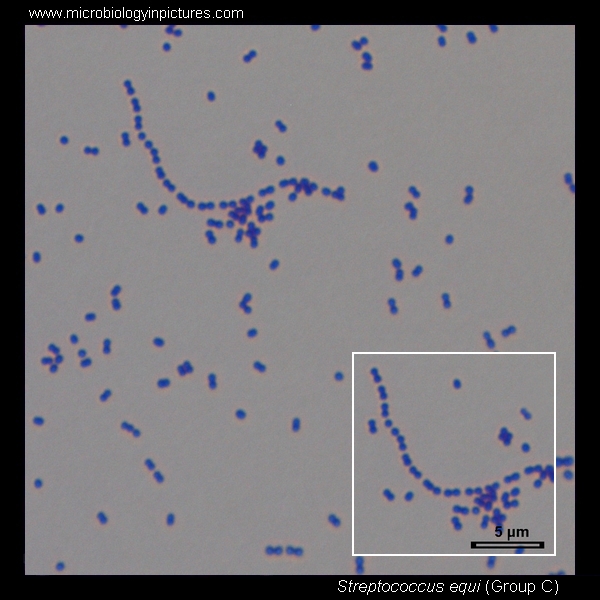 Source: microbiologyinpictures.com
Source: microbiologyinpictures.com
Background Information Streptococcus zooepidemicus is a bacterium that infects animals including cattle and horses. Streptococcus equi subsp. Zooepidemicus during uterine infection in horses. Streptococcus equi subspecies zooepidemicus is a Gram-positive bacterium that can cause opportunistic infections in many animal species including horses cattle swine sheep goats chickens. Equi we have decided to use the descriptive term S.
Source: oz-gifu.info
The ancestor of S. Equi is the causative agent of the highly contagious upper respiratory disease strangles in horses. Zooepidemicus during uterine infection in horses. The organism has the ability to ferment lactose and sorbitol but not trehalose. It is a gram-positive β-hemolytic coccus belonging to the Lancefield group C and can cause severe disease characterized by pneumonia septicemia and meningitis 1 2.
 Source: bacteriainphotos.com
Source: bacteriainphotos.com
Streptococcus equi subspecies zooepidemicus septicemia of alpacas and llamas also called alpaca fever is characterized clinically by fever depression recumbency and. This highly contagious and often fatal disease is characterised by sudden onset of clinical signs including pyrexia dyspnoea and haemorrhagic nasal. Zooepidemicus were differentiated into four strains antigenically by bactericidal testing in blood of 12 horses and genetically by pulsed-field gel electrophoresis. Streptococcus equi subspecies zooepidemicus S. Streptococcus zooepidemicus is a very common opportunist equine pathogen which causes sporadic infections of the skin respiratory genital and urinary tracts and joints of horses of all ages.
 Source: bacteriainphotos.com
Source: bacteriainphotos.com
Equi we have decided to use the descriptive term S. Streptococcus equi subspecies zooepidemicus S. Zooepidemicus were differentiated into four strains antigenically by bactericidal testing in blood of 12 horses and genetically by pulsed-field gel electrophoresis. An emerging canine pathogen. Zooepidemicus is a β-hemolytic Lancefield group C streptococcal bacterium.
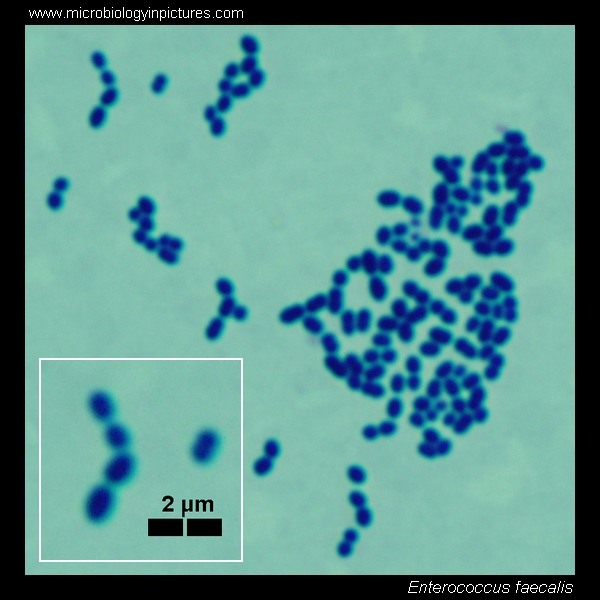 Source: microbiologyinpictures.com
Source: microbiologyinpictures.com
Streptococcus equi subspecies zooepidemicus S. Streptococcus equi subspecies zooepidemicus is considered a commensal and opportunistic pathogen of several warm-blooded hosts including humans horses canines and swine. Zooepidemicus were differentiated into four strains antigenically by bactericidal testing in blood of 12 horses and genetically by pulsed-field gel electrophoresis. Zooepidemicus has caused several outbreaks of haemorrhagic pneumonia in dogs in recent years. Although the official name of the causative agent is S.
 Source: researchgate.net
Source: researchgate.net
Streptococcus zooepidemicus is a group C pyogenic β hemolytic Streptococcus associated with fatal cervical lymphadenitis in guinea pigs Harkness and Wagner 1995 and cervicitis metritis mastitis arthritis and septicemia in mares cows and swine Cole 1990. Preliminary information suggests that similar events may have occurred at other locations in the United States. Equi we have decided to use the descriptive term S. An emerging canine pathogen. Tennessee showed Streptococcus equi subspecies zooepidemicus S.
 Source: bacteriainphotos.com
Source: bacteriainphotos.com
Preliminary information suggests that similar events may have occurred at other locations in the United States. Streptococcus equi subspecies zooepidemicus S. Zooepidemicus is an opportunistic pathogen but human infections associated with S. Zooepidemicus is a β-hemolytic Lancefield group C streptococcal bacterium. Equi we have decided to use the descriptive term S.
Source: vetbact.slu.se
The purpose of this study was to describe strain-specific immune responses to Streptococcus equi subspecies zooepidemicus S. Streptococcus equi subspecies zooepidemicus S. The ancestor of S. Streptococcus equi subsp zooepidemicus S zooepidemicus is a Lancefield group C β-hemolytic streptococcus that has 98 homology with S equi subsp equi. This highly contagious disease is characterized by the sudden onset of clinical signs including pyrexia dyspnea and hemorrhagic nasal discharge.
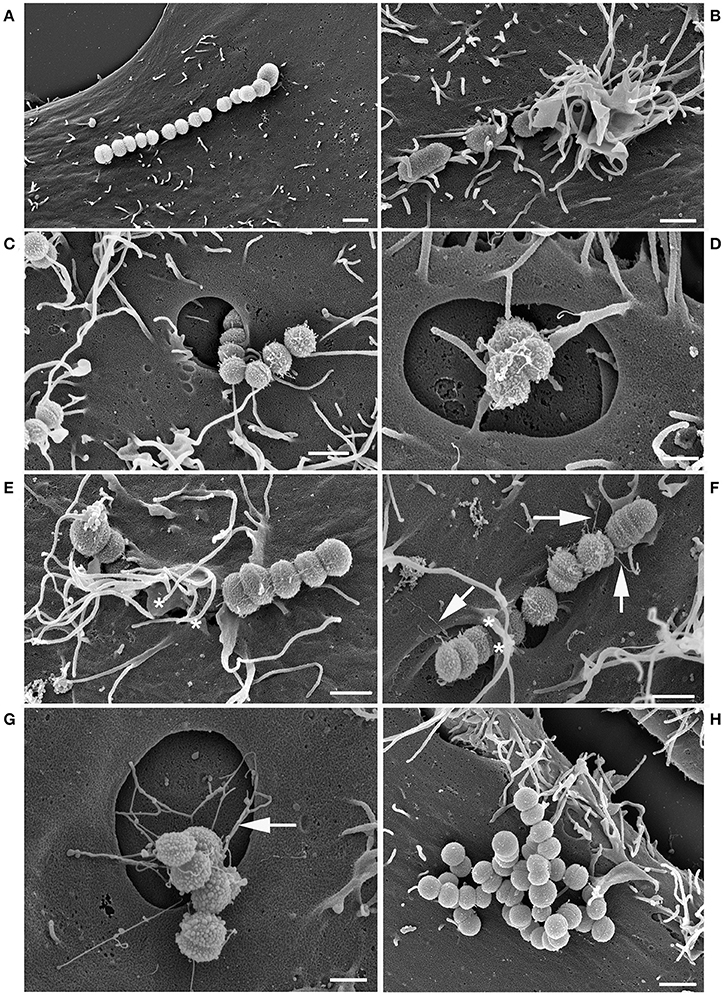 Source: ludostor.co
Source: ludostor.co
Zooepidemicus is a zoonotic pathogen for persons in contact with horses. Zooepidemicus are often severe. Streptococcus equi subsp zooepidemicus S zooepidemicus is a Lancefield group C β-hemolytic streptococcus that has 98 homology with S equi subsp equi. Streptococcus zooepidemicus is a very common opportunist equine pathogen which causes sporadic infections of the skin respiratory genital and urinary tracts and joints of horses of all ages. This highly contagious and often fatal disease is characterised by sudden onset of clinical signs including pyrexia dyspnoea and haemorrhagic nasal.
Source:
Streptococcus zooepidemicus is a group C pyogenic β hemolytic Streptococcus associated with fatal cervical lymphadenitis in guinea pigs Harkness and Wagner 1995 and cervicitis metritis mastitis arthritis and septicemia in mares cows and swine Cole 1990. Zooepidemicus are often severe. The bacterium Streptococcus equi subsp. Streptococcus zooepidemicus is a very common opportunist equine pathogen which causes sporadic infections of the skin respiratory genital and urinary tracts and joints of horses of all ages. Zooepidemicus has caused several outbreaks of haemorrhagic pneumonia in dogs in recent years.
 Source: semanticscholar.org
Source: semanticscholar.org
Streptococcus equi subsp. The bacterium Streptococcus equi subsp. Zooepidemicus is considered an opportunistic commensal in horses 1 3 but it may also cause infections in other domestic animals such as cattle sheep goats pigs dogs and cats 4 10. Zooepidemicus are often severe. It is very rare in.
This site is an open community for users to share their favorite wallpapers on the internet, all images or pictures in this website are for personal wallpaper use only, it is stricly prohibited to use this wallpaper for commercial purposes, if you are the author and find this image is shared without your permission, please kindly raise a DMCA report to Us.
If you find this site serviceableness, please support us by sharing this posts to your own social media accounts like Facebook, Instagram and so on or you can also save this blog page with the title streptococcus equi zooepidemicus by using Ctrl + D for devices a laptop with a Windows operating system or Command + D for laptops with an Apple operating system. If you use a smartphone, you can also use the drawer menu of the browser you are using. Whether it’s a Windows, Mac, iOS or Android operating system, you will still be able to bookmark this website.

